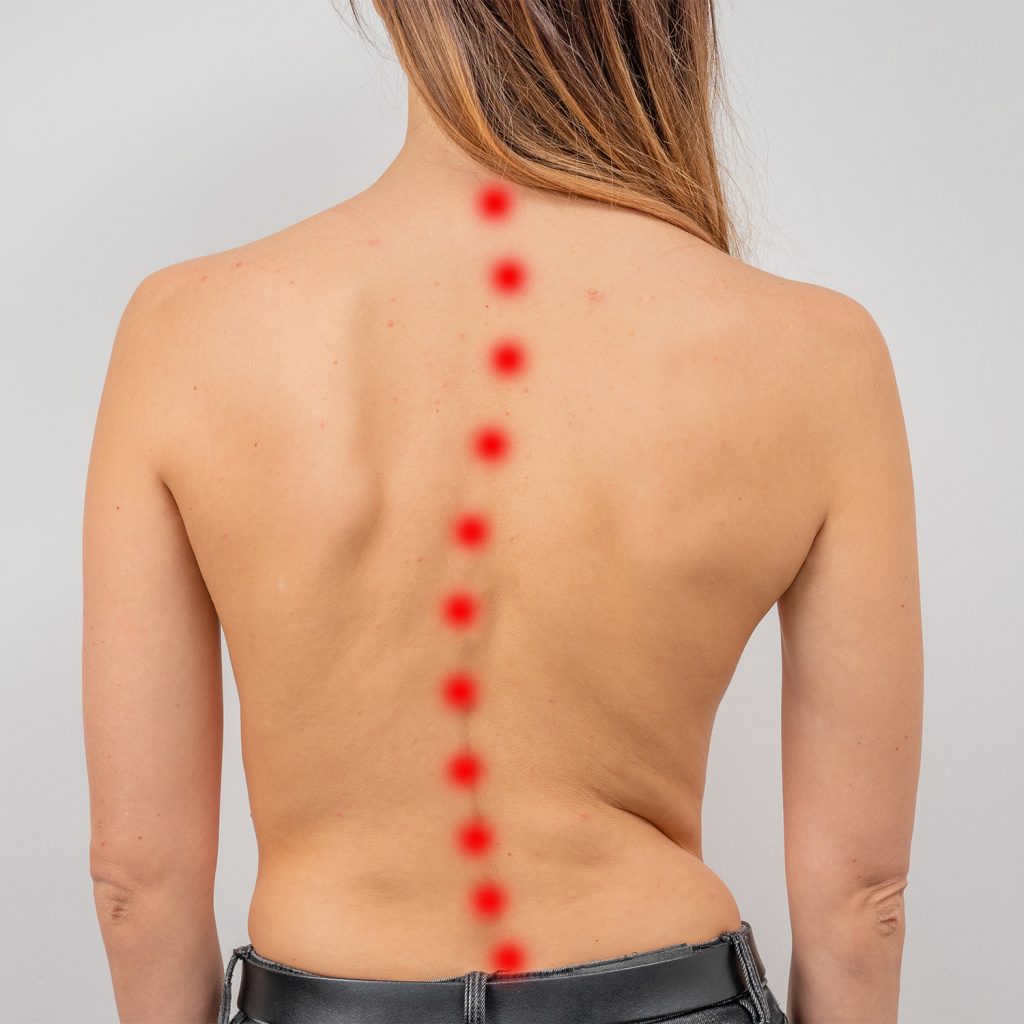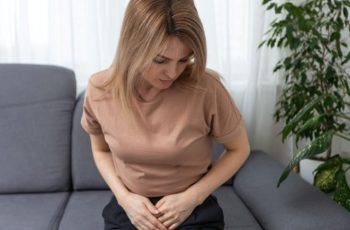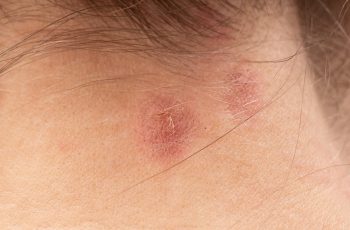The spine is essential for body structure and movement, housing the spinal cord and nerves that convey sensations. Spinal stenosis is the abnormal narrowing of spinal spaces, which can compress the spinal cord and nerves, leading to pain and dysfunction. It primarily affects older adults due to age-related degeneration.

Types of Spinal Stenosis include:
- Central Canal Stenosis: Narrowing of the central spinal canal, compressing the spinal cord.
- Foramina Stenosis: Narrowing of the intervertebral foramina, affecting spinal nerves.
Classification is based on location:
- Cervical Spinal Stenosis: Narrowing in the neck region, causing upper limb symptoms.
- Thoracic Spinal Stenosis: Rare, affecting the middle back and lower limbs.
- Lumbar Spinal Stenosis: Narrowing in the lower back, leading to symptoms in the buttocks and legs.
- Tandem Spinal Stenosis: Narrowing in both cervical and lumbar regions.
Causes of spinal stenosis include:
- Herniated discs
- Arthritis
- Paget’s disease
- Thickened ligaments
- Trauma
- Tumors
- Congenital conditions
Symptoms may include pain, tingling, numbness, weakness, balance issues, and incontinence.
Prevention strategies include maintaining a healthy weight, consistent exercise, and practicing proper lifting techniques.
Home remedies for managing symptoms involve correcting posture, slow breathing, reducing stress, maintaining a healthy diet rich in Omega-3 fatty acids, applying ice for pain relief, and using turmeric for its anti-inflammatory properties.
If symptoms persist despite these measures, consulting a healthcare professional is essential for further evaluation and treatment.




